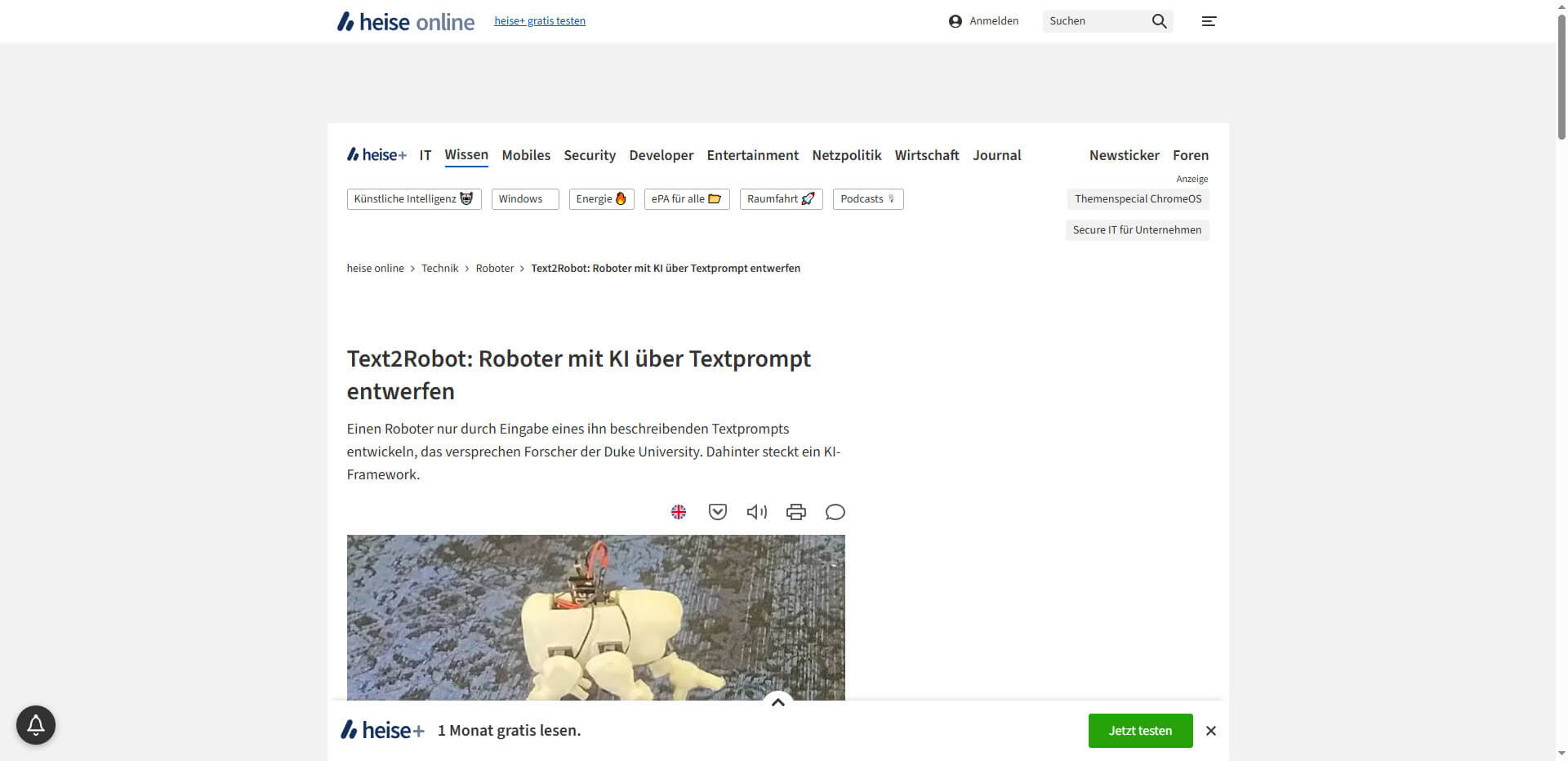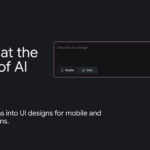Text2Robot, a new AI framework from Duke University engineers, converts simple text descriptions into printable robot designs and shortens the development process to less than 24 hours.
The innovative system combines advanced generative 3D modeling with evolutionary algorithms and reinforcement learning to design fully functional four-legged robots. The text prompts serve as a starting point for the AI, which automatically generates print-ready 3D models that meet physical and manufacturing constraints. According to the researchers, the entire process – from text input to working prototype – takes less than a day, drastically shortening traditional development cycles of several weeks.
The system processes text descriptions such as “four-legged robot that resembles a frog” or “dog-like walking robot” and converts them into realistic, manufacturable designs. The first phase uses the text-to-3D technology “Meshy” to generate mesh models from the description, which are then optimized.
The co-optimization of morphology and control is a key aspect of the technology. Through a combination of evolutionary algorithms for physical structure and reinforcement learning for motion control, Text2Robot achieves impressive results: 78% increase in energy efficiency over baseline designs and 92% accuracy in speed tracking in simulated environments. This optimization typically converges within an hour on commodity GPUs.
The technique is currently limited to four-legged robots with eight degrees of freedom, but the research group is already planning to extend it to other types of robots. Future development goals include the integration of robot assembly cells by Q3 2025, support for multi-material printing in early 2026 and a cloud-based collaboration platform with real-time simulation later the same year.
The most important facts about Text2Robot:
- Developed by Duke University engineers, converts text into 3D robot designs
- From text prompt to functioning robotin less than 24 hours
- Co-optimization through evolutionary algorithms and reinforcement learning
- 3.5 times faster optimization than traditional evolutionary approaches
- Currently limited to four-legged robots, expansion planned
- Presentation at ICRA 2025 with open source publication planned
Source: Heise







